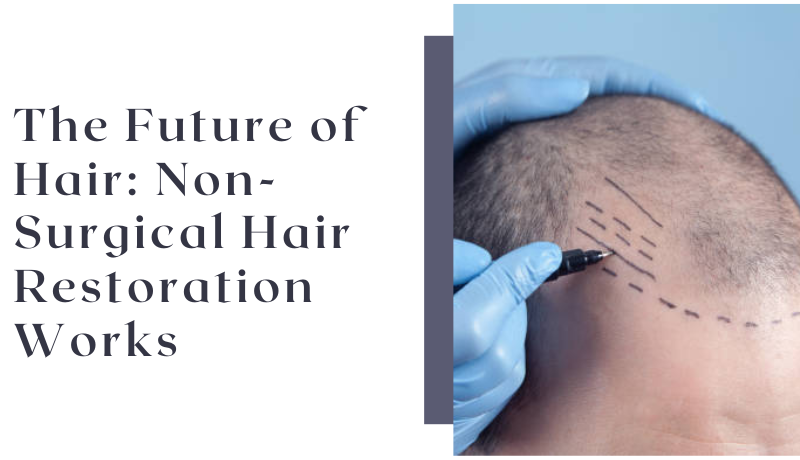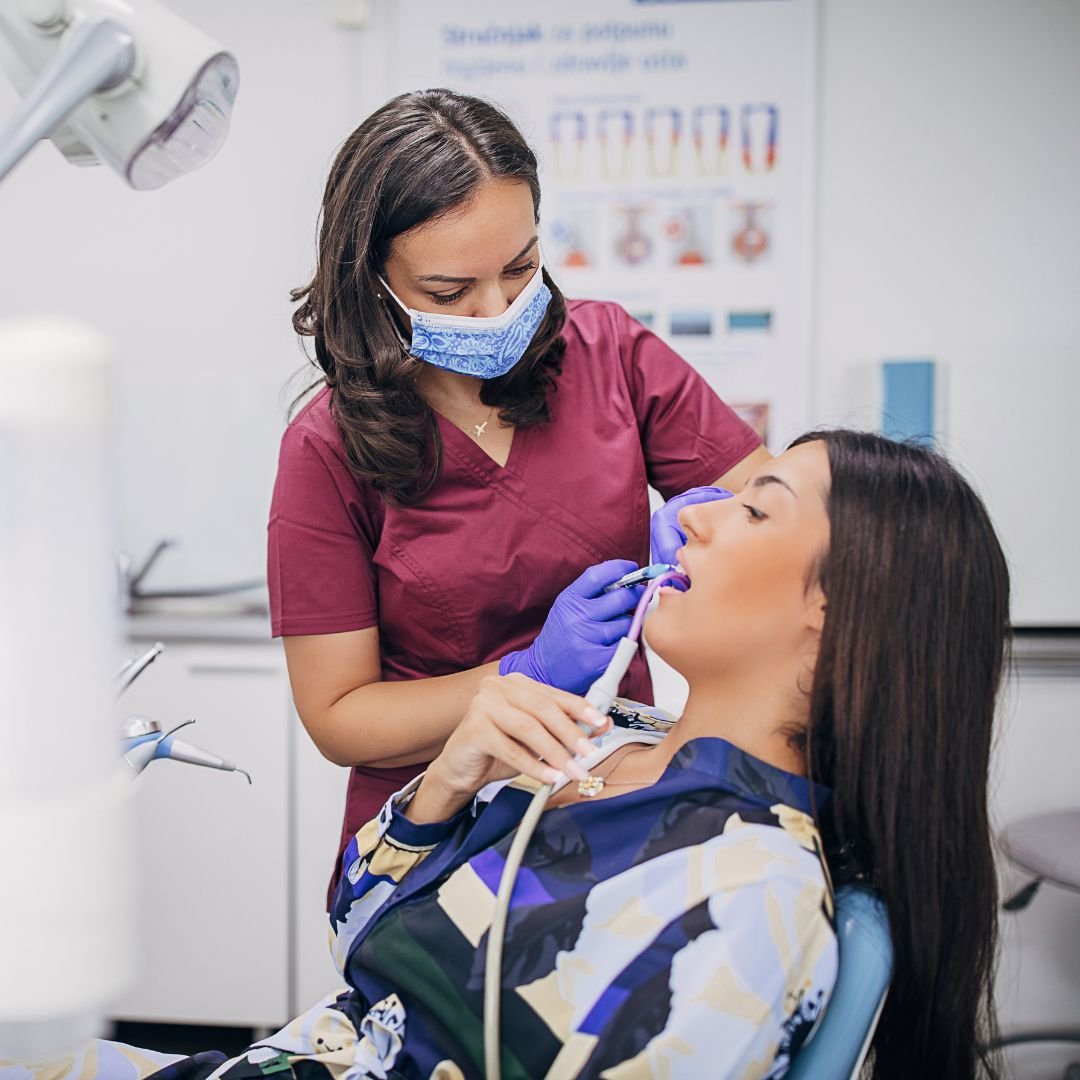Hair loss can be a frustrating and deeply personal experience. Whether it starts as gradual thinning or more noticeable shedding, the emotional toll is real. For years, surgical transplants were considered the only lasting solution, but not everyone wants to go under the surgery, or deal with the cost, downtime. Fortunately, advancements in hair science have paved the way for non-surgical hair restoration methods that are effective, low-risk, and accessible to more people than ever before. These options offer a promising path forward for individuals who want real results without surgery. In this blog, we’ll dive into how non-invasive treatments are changing the game and why they’re fast becoming the go-to choice for those seeking a natural, fuller head of hair.
Why More People Are Going Non-Surgical
The shift toward non-surgical hair restoration isn’t just a trend—it’s a reflection of technological evolution and consumer preference. Today’s treatments are safer, more sophisticated, and tailored to individual needs. Unlike traditional hair transplant surgery, non-invasive options require no scalpels, no stitches, and minimal to no downtime. That makes them ideal for people with busy lifestyles or those hesitant about surgery.
From regenerative therapies, these approaches are designed to work with your body rather than altering it. This means a more natural progression in hair regrowth—and in many cases, noticeable improvement within a few months. The non-surgical route is also more flexible, allowing patients to combine therapies or adjust their plan.
Top Non-Surgical Hair Restoration Options
Looking to restore your hair without undergoing surgery? Two of the most effective non-surgical hair restoration options are PRP therapy and SMP treatment.
- PRP (Platelet-Rich Plasma) uses your blood to stimulate natural hair growth. It’s a safe, minimally invasive procedure encouraging hair follicles to grow thicker, healthier strands over time. Many see noticeable improvement after just a few sessions.
- SMP (Scalp Micropigmentation) is a tattooing technique. Tiny pigment deposits mimic hair follicles, creating the illusion of a fuller scalp—ideal for those with thinning hair or bald spots.
PRP and SMP treatments offer impressive, natural-looking results without surgery or a long recovery.
Who Is a Good Candidate for Non-Surgical Options?
Not all types of hair loss are the same, and not every solution fits every person. However, many people can benefit from non-surgical hair restoration, especially those in the early to moderate stages of hair thinning. These treatments can often deliver meaningful results if you’re experiencing general thinning at the crown, a receding hairline, or overall density loss. Younger individuals who want to delay more invasive solutions, as well as people with health conditions that make surgery risky, also make excellent candidates. It’s all about setting the right expectations—non-surgical methods work best when used early, consistently, and under professional guidance.
What Results Can You Expect?
One of the most common questions is: “Will it work?” The answer depends on the method used, how early you start, and how well you stick to the treatment plan. Many patients report less shedding within the first few weeks and regrowth within a few months. With treatment like PRP, consistency is key—results tend to build over time.
The good news is that non-surgical hair restoration treatments offer a natural-looking improvement. You’re enhancing what you already have, so results typically blend seamlessly with your existing hair. While it may not provide the exact dramatic change as a full transplant, it can significantly restore confidence and delay the need for surgery altogether.
Non-Surgical Restoration After Surgery
Interestingly, non-surgical hair restoration also plays a significant role in post-transplant care. Even after a successful FUE or FUT procedure, maintaining scalp health and supporting new hair growth is crucial. Many post-op plans include PRP treatments or supplements to prolong results and prevent further thinning of native hair. This integrated approach ensures that transplanted hairs thrive while preserving the remaining follicles. So even if you’ve already had a surgical transplant, non-surgical options remain relevant for maintenance and continued improvement.
Why Expert Guidance Still Matters
While many non-surgical treatments are marketed directly to consumers, expert oversight is still essential. A trained hair restoration specialist can assess your scalp, diagnose the underlying cause of your hair loss, and customise a treatment plan that’s more likely to work for your case. Clinics like Beverly Hills Hair Restoration in Palm Desert offer this level of care, blending cutting-edge techniques with years of medical experience. They help ensure that the treatments you choose are safe and strategically effective based on your unique hair pattern and goals.
The Emotional Side of Hair Loss—and Hope
Hair loss isn’t just a physical issue. It can affect self-esteem, social confidence, and even your identity. That’s why non-surgical hair restoration is more than a cosmetic fix—it’s a way to reclaim control over your appearance without drastic measures. For many people, these treatments provide a sense of progress and empowerment when it’s easy to feel helpless. Knowing that effective, non-invasive solutions are available can be a huge relief. Whether you’re trying to restore what you’ve lost or preserve what you have, today’s non-surgical options offer a hopeful, realistic path forward.
Conclusion
As technology continues to evolve, non-surgical hair restoration is proving to be a powerful and accessible alternative to traditional surgery. From PRP therapy, these treatments offer real results with minimal disruption to your life. They’re ideal for treating early-stage hair loss, maintaining post-transplant gains, or avoiding surgery complications. If you’re considering your next step, remember that expert guidance is key to maximising success. Places like Beverly Hills Hair Restoration in Palm Desert are leading the way in providing comprehensive, customized solutions that focus on long-term results. Whether new to hair restoration or looking to enhance your current regimen, non-surgical treatments may be the future your hair deserves.












Leave a Reply